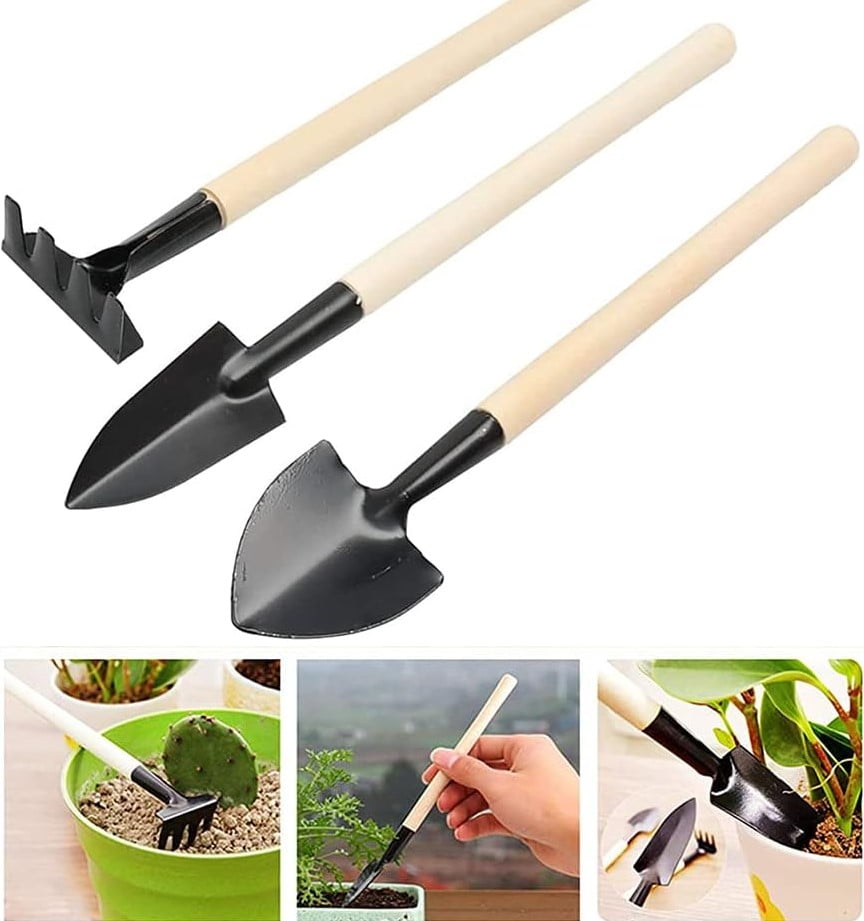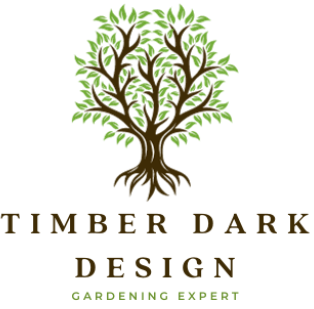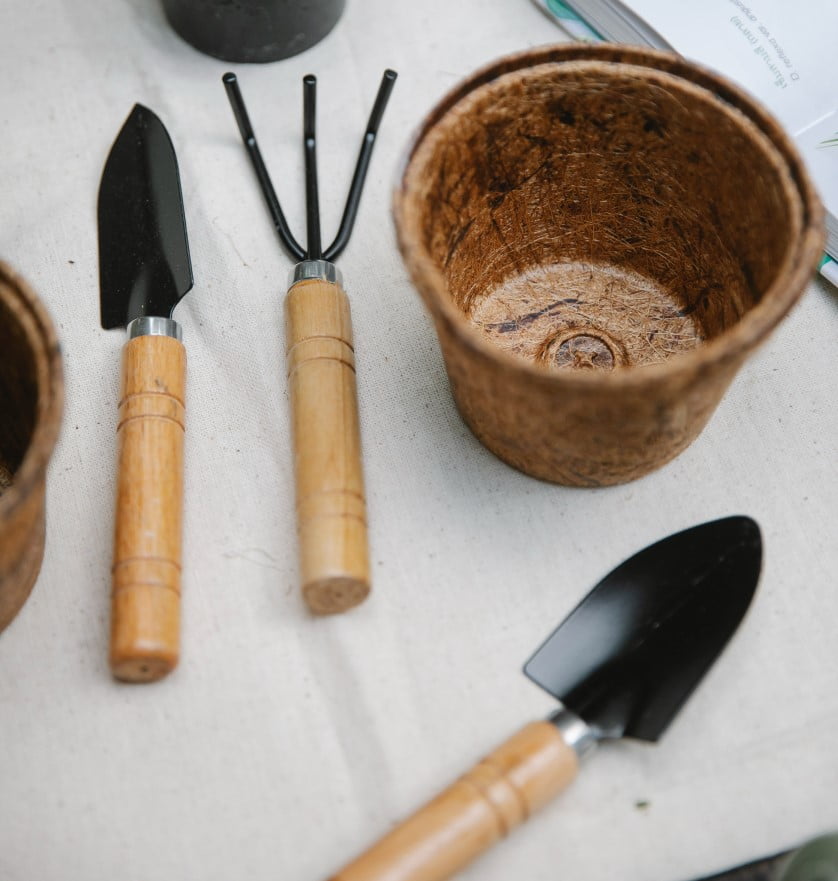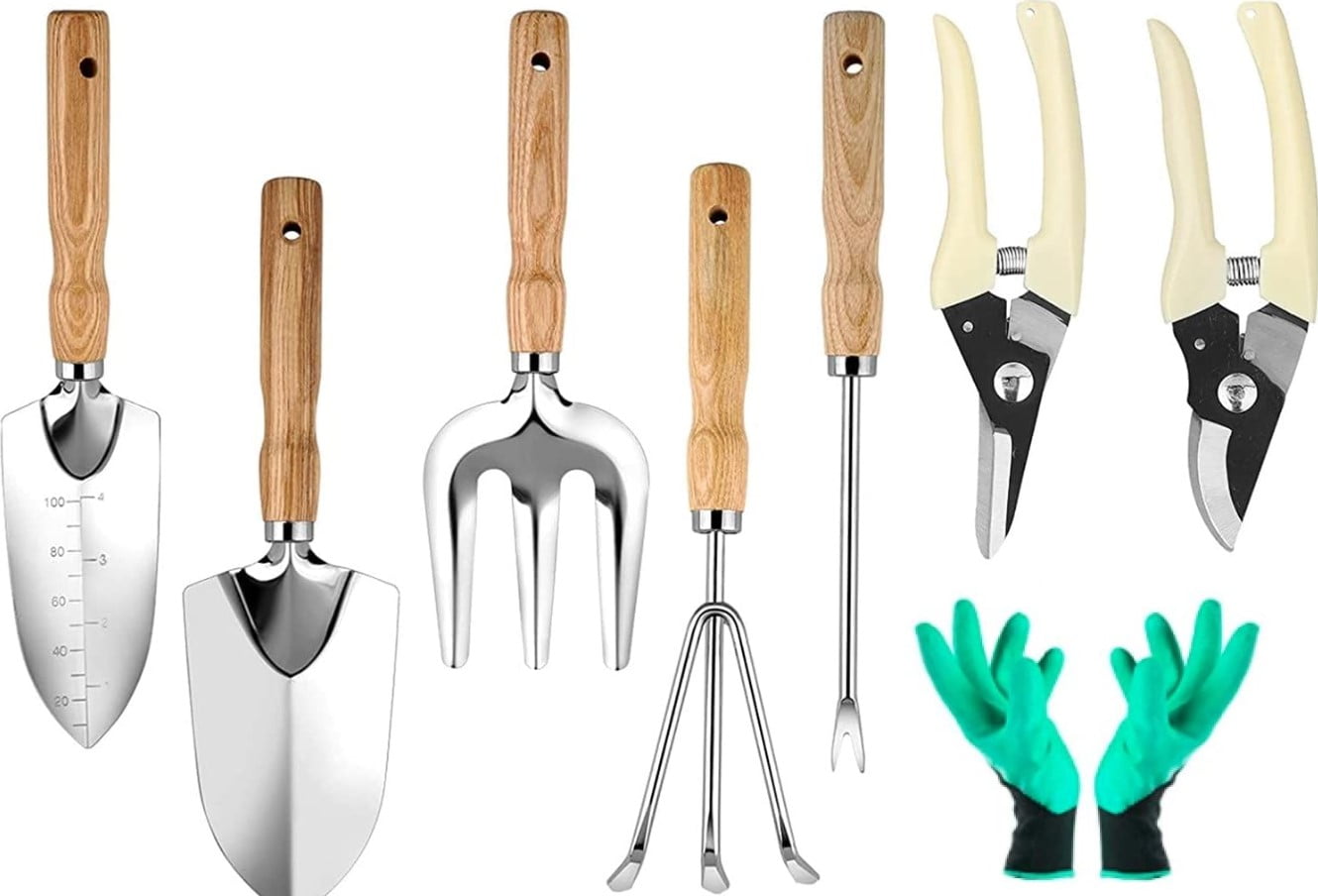Indoor Gardening Tools – More people grow plants inside now. Connecting daily with nature is special. The pandemic kept people home. Gardening brought comfort and relaxation. New gardeners worry at first. But with some gear and knowledge it’s easy.
This guide explains what you need. Good indoor gardens match the space. Choosing the right plants matters most. Some houseplants require little care. They make rooms cheerier.
This guide covers needed equipment. It teaches keeping plants healthy. It explains lighting, watering, and more. Indoor gardening works anywhere. Get plants suiting your conditions. Some houseplants grow with ease. They brighten living spaces. Let’s explore indoor gardening.
Tips from expert gardeners build confidence. With basic tools and techniques, create an indoor oasis. A peaceful, beautiful spot at home.

Grow Lights: Illuminating Your Indoor Garden
Sunlight is the key energy source for plants, but indoor spaces often lack sufficient natural light. This is where grow lights become invaluable for indoor gardening.
These special lights help plants grow by giving off light that plants use for photosynthesis.
Grow lights allow gardeners to supplement sunlight and extend the daily photoperiod that plants need. They are available in a range of types and specifications:
- LED grow lights: LEDs are energy-efficient and long-lasting. Full-spectrum LEDs provide a balanced light composition ideal for most plants.
- Fluorescent lights are a cheap choice. They work well for growing seedlings or low-light plants.
- High-intensity discharge (HID) lights: HID lights like high-pressure sodium and metal halide lamps emit intense light. They are better suited for fruiting or flowering plants.
- Incandescent lights – The least efficient option as most energy is emitted as heat, but can be used for extra lighting.
When choosing grow lights, key factors to consider are:
- Light spectrum: Match the light color or spectrum to the plant’s needs. Blue light fuels leafy growth, while red light drives flowering.
- Light intensity: measure light levels in lumens, or lux. The intensity depends on the height of the light.
- Look for hangers that can be adjusted and lights that can dim to control how far away and how bright they are.
With the right grow lights, your indoor garden can thrive year-round, regardless of outdoor conditions. Supplemental lighting allows you to support your plants’ growth cycles and achieve optimal yields.
Grow Lights: Illuminating Your Indoor Garden
Sunlight is the key energy source for plants, but indoor spaces often lack sufficient natural light. This is where grow lights become invaluable for indoor gardening.
These special lights help plants grow by giving off light that plants use for photosynthesis.
Grow lights allow gardeners to supplement sunlight and extend the daily photoperiod that plants need. They are available in a range of types and specifications:
- LED grow lights – LEDs are energy-efficient and long-lasting. Full spectrum LEDs provide a balanced light composition ideal for most plants.
- Fluorescent lights are a cheap choice. They work well for growing seedlings or low-light plants.
- High intensity discharge (HID) lights – HID lights like high pressure sodium and metal halide lamps emit intense light. They are better suited for fruiting or flowering plants.
- Incandescent lights – The least efficient option as most energy is emitted as heat, but can be used for extra lighting.
When choosing grow lights, key factors to consider are:
- Light spectrum – Match the light color or spectrum to the plant’s needs. Blue light fuels leafy growth while red light drives flowering.
- Light intensity – Measure light levels in lumens or lux. Intensity depends on the height of the light.
- Look for hangers that can be adjusted and lights that can dim to control how far away and how bright they are.
With the right grow lights, your indoor garden can thrive year-round regardless of outdoor conditions. Supplemental lighting allows you to support your plants’ growth cycles and achieve optimal yields.
Self-Watering Pots and Planters: Automating Plant Care
One of the most tedious aspects of indoor gardening is having to manually water plants on a regular basis. Self-watering pots and planters make it easy for your plants to thrive with minimal effort.
These planters have built-in water reservoirs that allow the soil to self-irrigate over time. The key benefit is maintaining optimal moisture levels for your plants rather than having wet-dry cycles. There are two main types of self-watering systems:
- Passive self-watering relies on wicking materials to pull water from the reservoir into the soil. It works through capillary action. No power required!
- Active self-watering involves a submersible pump that moves water on a timer. This gives more control over watering schedules.
Self-watering planters come in a range of materials like plastic, ceramic, terra cotta, and fabric. Plastic is affordable but less aesthetically pleasing. Ceramic and terra cotta are attractive but more porous. Fabric planters are lightweight and collapsible but not as durable.
Consider factors like the plant type, your decor style, and placement. Many self-watering pots now have water level indicators so you can easily check if the reservoir needs refilling. This takes the guesswork out of watering.
With self-watering planters, even plant-care novices can have thriving indoor greenery. They prevent issues like dried out or oversaturated soil. Set it and forget it! Just be sure to add water to the reservoir every week or so.
Hand Tools: The Gardener’s Trusty Companions
A green thumb starts with the hands, and a good set of hand tools makes indoor gardening much easier. Hand tools allow you to get up close and personal with your plants for delicate tasks like planting, pruning, and harvesting. Here are some key hand tools every indoor gardener needs:
- Trowels – A hand trowel is essential for scooping soil, digging holes, and transplanting seedlings. Look for one with an ergonomic handle and stainless steel head.
- Cultivators – These have a forked end to loosen and aerate soil. Helpful for preparing planting beds.
- Pruners – Pruning shears neatly trim plants and cut stems. Bypass pruners make the cleanest cuts.
- Scissors – Precision scissors are perfect for harvesting herbs and flowers or detailed pruning.
- Transplanters – Designed to remove seedlings from pots without disturbing the roots.
When choosing hand tools, look for comfortable handles and lightweight materials such as aluminum, steel, or wood. This reduces hand fatigue. Look for cushioned, contoured, or rubberized grips.
High quality hand tools properly cared for can last for years. Clean soil off after use and oil blades to prevent rusting. A good set of hand tools makes gardening tasks much more manageable and enjoyable!
Humidity and Temperature Monitors: Maintaining Optimal Growing Conditions
Monitoring humidity and temperature levels is crucial for healthy indoor plants. Changes in the environment can make plants more vulnerable to pests and diseases.
Gardeners can use humidity and temperature monitors to keep track of conditions. This helps them ensure that the conditions stay in the best range. Key features to look for include:
- Display: an easy-to-read digital or LCD display showing current humidity and temperature. Some models show trends over time.
- Alerts: Customizable high/low alerts notify you if levels are out of range.
- Remote access: Wireless monitors can transmit data to your smartphone for monitoring from anywhere.
- Probes: Detachable probes allow monitoring soil or water temperature in addition to ambient air.
When placing monitors, avoid areas with drafts like vents or windows which give misleading readings. Position them at plant level for the most accurate measurements. Calibrate monitors regularly for optimal accuracy.
With humidity and temperature data, you can modify growing conditions as needed. For example, use a humidifier to raise low humidity stressing your plants. These monitors make it easy to maintain perfect conditions for plants to grow well indoors.
Grow Cabinets and Tents: Creating a Controlled Growing Environment
For the ultimate in cultivating indoor plants, many gardeners invest in a dedicated grow cabinet or tent. These enclosures allow you to precisely dial in optimal growing conditions.
Grow cabinets are fully enclosed units with built-in lighting and ventilation. They provide a compact, self-contained system perfect for small spaces.
Grow tents offer a modular, customizable setup. Tents have adjustable ventilation ports and removable reflective linings to maximize light efficiency. They can accommodate various configurations of grow lights and hydroponics systems.
When selecting a grow cabinet or tent, consider:
- Size: Dimensions determine how many plants you can grow. Scale up for larger yields.
- Materials: Durable steel frames and reflective mylar lining offer longevity.
- Ventilation: Intake and exhaust ports and fans maintain ideal temperature and airflow.
- ·Access: Walk-in tents allow easy access. Cabinets should have doors or pull-out shelves.
- Adjustability: Customizable tents allow repositioning of lights and shelves.
With the controlled environment inside a grow cabinet or tent, you can provide ideal conditions year-round. This allows indoor gardeners to maximize growth and yields.
Conclusion: Equipping Yourself for Indoor Gardening Success
Having the proper tools is essential for thriving indoor gardens. This guide has covered the key equipment that every indoor gardening enthusiast should have in their arsenal.
During our discussion, we talked about important tools for plants, like grow lights and self-watering systems. We also mentioned pruners and trowels for taking care of plants. To grow plants indoors, it’s important to monitor humidity and use grow tents to control temperature.
While this covers the most important basics, there are even more specialized tools that can make indoor gardening easier. You can use compost bins to make nutrient-rich soil, aerators and rakes to work the soil, and watering wands for targeted watering.
When choosing gardening gear, consider factors like your space constraints, plant types, and budget. With the right tools for your needs, indoor gardening becomes much more manageable and enjoyable. Don’t be afraid to start small and build up your toolkit over time.
The world of indoor gardening is fascinating and rewarding. We hope this guide has provided a comprehensive overview of the essential tools for plant parenthood success. Happy growing!


